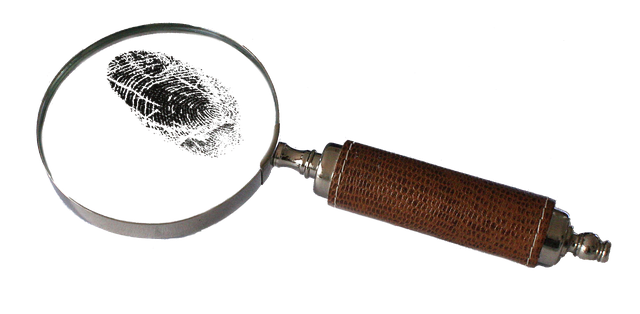Introduction: AMD and the Cell's Recycling System
Age-related macular degeneration (AMD) stands as a primary cause of vision loss among older adults. While its origins are multifaceted, growing evidence points to failures in protein homeostasis – maintaining cellular protein balance – as a critical factor. Specifically, the ubiquitin-proteasome system (UPS), the cell's main pathway for protein degradation, is implicated. Think of the proteasome, the core of the UPS, as the cell's highly efficient recycling center for damaged or unneeded proteins. When this center malfunctions, toxic protein waste accumulates, triggering cellular stress and contributing significantly to retinal damage in AMD.
The Ubiquitin-Proteasome System (UPS): A Closer Look

The UPS is a precise, multi-step process ensuring protein quality control. It primarily involves: 1) **Ubiquitination:** Target proteins are tagged with chains of a small molecule called ubiquitin – essentially marking them for disposal. 2) **Proteasomal Degradation:** The 26S proteasome complex recognizes these ubiquitin tags, unfolds the marked proteins, and chops them into small peptides for recycling.
The specificity of this system is crucial. Different E3 ubiquitin ligases act like specialized 'foremen', recognizing specific proteins that need removal. This ensures that only the correct proteins are targeted for degradation, preventing the accidental destruction of essential cellular components.
How Proteasome Function Falters in AMD
Several factors can impair the proteasome in the context of AMD. Chronic oxidative stress (cellular 'rust') can directly damage the proteasome machinery. Natural aging processes can slow its overall efficiency. Furthermore, genetic variations might lead to the production of less effective proteasome components. This decline allows harmful substances like oxidized proteins, advanced glycation end products (AGEs – proteins damaged by sugar), and other misfolded protein aggregates to build up within the vital retinal pigment epithelium (RPE) and light-sensing photoreceptor cells.
Evidence Linking Proteasome Impairment to AMD

Compelling evidence connects proteasome issues with AMD:
- **Reduced Activity:** Direct measurements show significantly lower proteasome activity ('recycling' rates) in RPE cells obtained from individuals with AMD compared to healthy controls.
- **Genetic Links:** Specific variations (polymorphisms) in genes coding for proteasome subunits have been statistically associated with an increased risk of developing AMD.
- **Model Systems:** Animal models engineered to have reduced proteasome function develop key features mimicking human AMD, such as RPE atrophy, drusen-like deposits, and photoreceptor degeneration.
Therapeutic Strategies: Targeting the Proteasome Pathway
Modulating the UPS presents a promising, albeit challenging, therapeutic target for AMD. Simply activating the proteasome globally could be detrimental, potentially degrading essential proteins. Therefore, current research focuses on more nuanced approaches. Strategies include enhancing related cellular cleanup pathways like autophagy (which handles larger debris like damaged organelles), using compounds that prevent harmful protein aggregation, or developing inhibitors that target specific upstream components causing UPS blockages. The goal is to restore protein homeostasis without disrupting normal cellular functions.
The following conceptual Python code illustrates how a drug might hypothetically modulate proteasome activity:
# Conceptual simulation of drug effect on proteasome activity
def simulate_drug_effect(base_activity, drug_modulation_factor):
"""
Simulates the hypothetical impact of a drug on proteasome activity.
Assumes drug_modulation_factor > 0 for enhancement, < 0 for inhibition.
Example: 0.2 means a 20% increase.
"""
# Ensure activity doesn't go below zero
new_activity = max(0, base_activity * (1 + drug_modulation_factor))
return new_activity
# Example Scenario
# Assuming baseline activity is reduced in AMD (e.g., 70% of normal)
initial_activity_amd = 0.7
# Hypothetical drug enhances activity by 25%
drug_effect_enhancement = 0.25
# Calculate potential restored activity
activity_after_drug = simulate_drug_effect(initial_activity_amd, drug_effect_enhancement)
print(f"Baseline Proteasome Activity (AMD model): {initial_activity_amd:.2f}")
print(f"Estimated Activity After Enhancing Drug: {activity_after_drug:.2f}")Future Directions and Unanswered Questions
Significant research is still required. Key priorities include identifying the *specific protein substrates* that accumulate most damagingly in AMD due to proteasome failure – this is crucial for developing highly targeted therapies. Longitudinal studies tracking proteasome function and AMD progression over time in patients are needed to clarify cause-and-effect relationships. Furthermore, investigating how environmental and lifestyle factors, such as diet, smoking, and light exposure, influence retinal proteasome activity could reveal new prevention strategies. Developing better tools to measure proteasome activity directly within the living eye (in vivo) remains a critical technological goal.